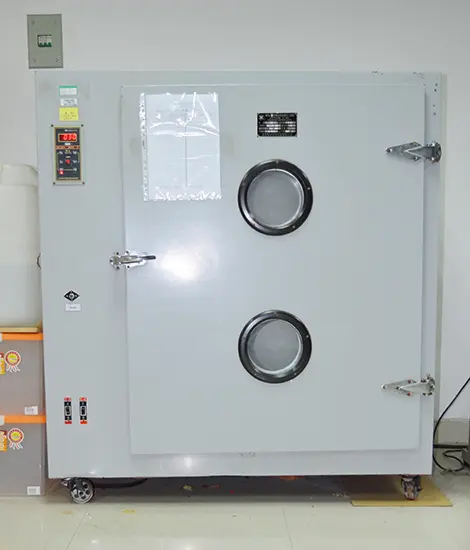
Lithium Battery IEC/EN62133 Testing Requirements
A lithium battery refers to a type of electrocheMICal system containing lithium (including lithium metal, lithium alloys, lithium ions, and lithium polymer). Lithium batteries can generally be divided into two categories: lithium metal batteries and lithium-ion batteries.
Lithium metal batteries are typically non-rechargeable and contain metallic lithium. Lithium-ion batteries, on the other hand, do not contain metallic lithium and are rechargeable.

IEC62133-2 is the most widely applied lithium battery safety standard globally. This specification mainly targets the safety requirements for single-cell batteries and battery packs with alkaline or non-acidic electrolytes, as well as portable sealed single-cell batteries and battery packs. The latest version of IEC62133-2:2017 was issued by IECEE (International Electrotechnical Commission) in February 2017 and was subsequently adopted as the EU harmonized standard by CENELEC in May 2017.
In the EU CE certification system, the safety-related harmonized standard EN62368-2, Appendix M (Equipment Contains Batteries and their Protection Circuits), explicitly mentions the en62133-2 requirements for secondary batteries. Therefore, when consumer electronic products containing lithium batteries apply for CE certification, the lithium battery must comply with the IEC62133 standard requirements, typically demonstrated through the submission of an IEC62133 Test Report.
Main Testing Items for IEC/EN62133-2:
1. Continuous charging test, clearly stating that this 7-day charging test is conducted at the standard charging voltage.
2. Shell stress test, noting that this test applies only to batteries with molded plastic shells.
3. External short circuit test for cells, with an increased environmental temperature from the previous 20±5°C to 55±5°C, making the test stricter.
4. External short circuit test for battery packs, with an environmental temperature adjusted from 55±5°C to 20±5°C, becoming more lenient, and introducing key component certification and important functional safety evaluation concepts.
5. Drop test, now allowing optional drop surfaces to be metal.
6. Thermal abuse test, with a consistent requirement of 30 minutes for maintaining the highest temperature.
7. Compression test, with more precise force range requirements and removal of deformation as a condition for terminating the test.
8. Overcharge test for battery packs, modified to 1.4 times the charging voltage for single-cell battery packs (but ≤6V), and 1.2 times the charging voltage for mULti-cell series battery packs, which is more lenient than the previous version.
9. Forced discharge test, with additional requirements for discharge voltage and reference test time based on discharge curves.
10. Mechanical test, adding vibration and acceleration shock tests, and eliminating the previous requirements based on transportation standards IEC 62281 and UN 38.3.
Marking Requirements:
IEC/EN62133-2 specifies marking requirements in Section 9. The compliant label must include the following 7 pieces of information:
1. Secondary (rechargeable) Li or Li-ion;
2. Battery or cell designation;
3. Polarity;
4. Date of manufacture (which may be in code);
5. Name or identification of manufacturer or supplier;
6. Rated capacity;
7. Nominal voltage.
Notes:
EN62133-2 is the safety standard for lithium batteries, while EN62133-1 is the safety standard for nickel batteries.
Email:hello@jjrlab.com
Write your message here and send it to us
 WEEE Registration for Waste Electrical &Electr
WEEE Registration for Waste Electrical &Electr
 MSDS Chemical Safety Testing
MSDS Chemical Safety Testing
 What Are the Differences Between UK REACH and EU R
What Are the Differences Between UK REACH and EU R
 E-Cigarette GB 41700 Compliance Testing
E-Cigarette GB 41700 Compliance Testing
 What Are the Testing Items of California Propositi
What Are the Testing Items of California Propositi
 E-Cigarette EU TPD Testing
E-Cigarette EU TPD Testing
 Testing Certification for E-cigarettes Exported to
Testing Certification for E-cigarettes Exported to
 What is Amazon US CPC Certification?
What is Amazon US CPC Certification?
Leave us a message
24-hour online customer service at any time to respond, so that you worry!




